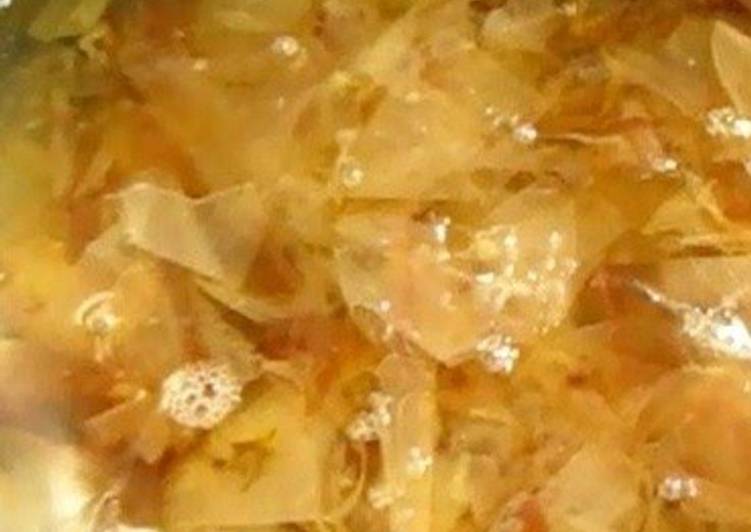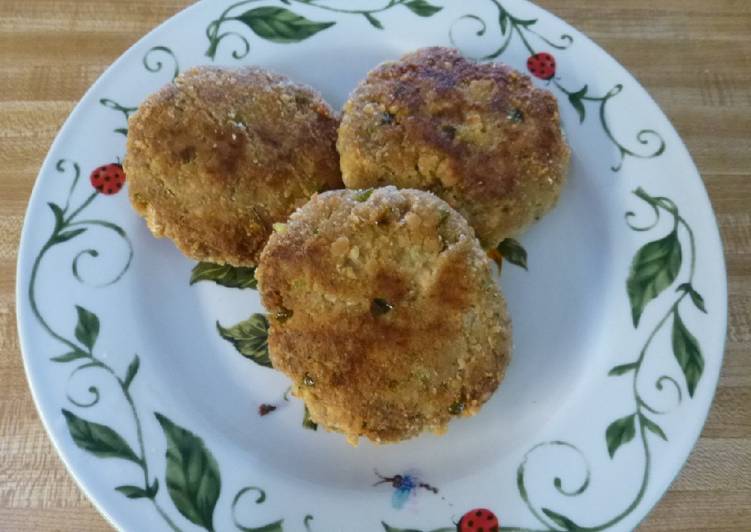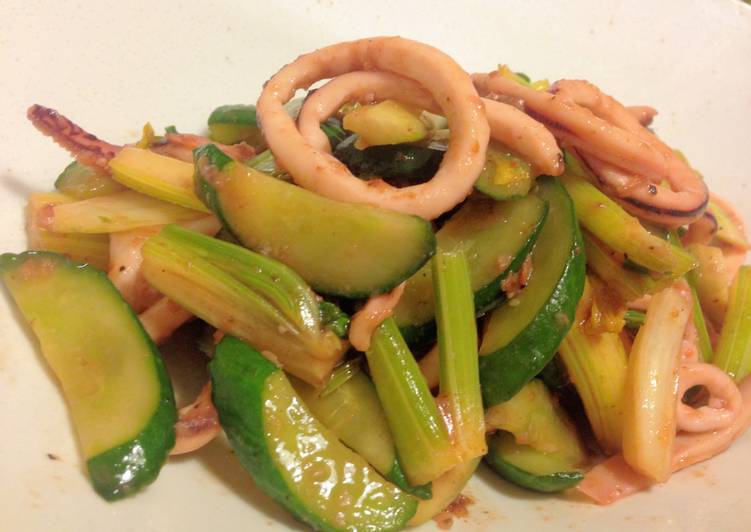
Hey everyone, hope you’re having an amazing day today. Today, I will show you a way to make a distinctive dish, how to make the soup for sanuki udon noodles. It is one of my favorites. For mine, I’m gonna make it a bit unique. This is gonna smell and look delicious.
How to Make Nabeyaki Udon Noodles (Udon Hot Pot Recipe with Shrimp Tempura) Cách nấu mì hải sản Udon Tươi ngon chính gốc người Nhật. This Japanese udon noodle soup recipe features an easy udon soup base that you can make in minutes.
How to Make the Soup for Sanuki Udon Noodles is one of the most well liked of recent trending meals in the world. It is easy, it’s fast, it tastes delicious. It is appreciated by millions daily. They’re fine and they look wonderful. How to Make the Soup for Sanuki Udon Noodles is something that I have loved my whole life.
To get started with this particular recipe, we must prepare a few ingredients. You can have how to make the soup for sanuki udon noodles using 7 ingredients and 10 steps. Here is how you can achieve it.
The ingredients needed to make How to Make the Soup for Sanuki Udon Noodles:
- Make ready 15 grams Konbu seaweed
- Get 25 grams Iriko (small dried sardines used for making dashi)
- Get 25 grams Bonito flakes (thick shavings)
- Make ready 10 grams Bonito flakes (thin shavings)
- Make ready 1500 ml Water
- Prepare 2 1/2 tbsp Usukuchi soy sauce
- Get 1/2 tsp Salt
It was just a super quick, mid-week dinner for us, which I happened to share on an Instagram story. Rice noodles would work particularly well, especially if you need to keep the recipe gluten-free. How to make udon noodle soup. How To Make Homemade Udon Noodles.
Instructions to make How to Make the Soup for Sanuki Udon Noodles:
- Remove the heads and innards from the iriko, and split them in half so that more flavor can be extracted. Use 25 g of the shredded iriko.
- Put the konbu seaweed and iriko in water, and leave for at least 2 hours. Ideally leave it to soak overnight.
- Heat to bring out the umami slowly. Be sure to use low heat. Take the iriko and konbu out just before the water comes to a boil.
- Add the thick-cut bonito flakes and simmer for 25 minutes. Watch the heat so that it doesn't come to a rolling boil.
- Remove any scum carefully. After 25 minutes have passed, add the thin bonito flakes, and simmer for another 5 minutes.
- Turn off the heat, and wait 5 minutes until the bonito flakes have sunk to the bottom of the pan. Strain the liquid through a fine-mesh sieve. Press down with cooking chopsticks as you strain the liquid to extract it all from the bonito flakes.
- Add usukuchi soy sauce and salt, and the soup is done. For my kitsune udon recipe, see. - - https://cookpad.com/us/recipes/148692-large-kansai-style-kitsune-udon
- For my Chicken Nanban Udon recipe, see. - - https://cookpad.com/us/recipes/153834-duck-nanban-udon-made-with-chicken
- For my sweet sauce udon recipe see. - - https://cookpad.com/us/recipes/143957-special-sweet-soup-udon
- How to make udon noodles by hand - - https://cookpad.com/us/recipes/148709-springy-homemade-udon-noodles
Making delicious udon noodles at home requires just water Learn how to make udon noodles from scratch (with optional pink color using beet juice!). My wife and I have loved sanuki style udon, but it's so difficult to find them from the store in Osaka. Adding miso makes the soup savory, and flavorful. Udon noodle soup is one of those dishes that I very seldom make but should make more often now that the winter months are amongst us. I've always loved the thickness of these noodles and I like how chewy they are.
So that’s going to wrap it up with this exceptional food how to make the soup for sanuki udon noodles recipe. Thank you very much for reading. I am sure you will make this at home. There’s gonna be more interesting food at home recipes coming up. Remember to bookmark this page on your browser, and share it to your family, friends and colleague. Thanks again for reading. Go on get cooking!


